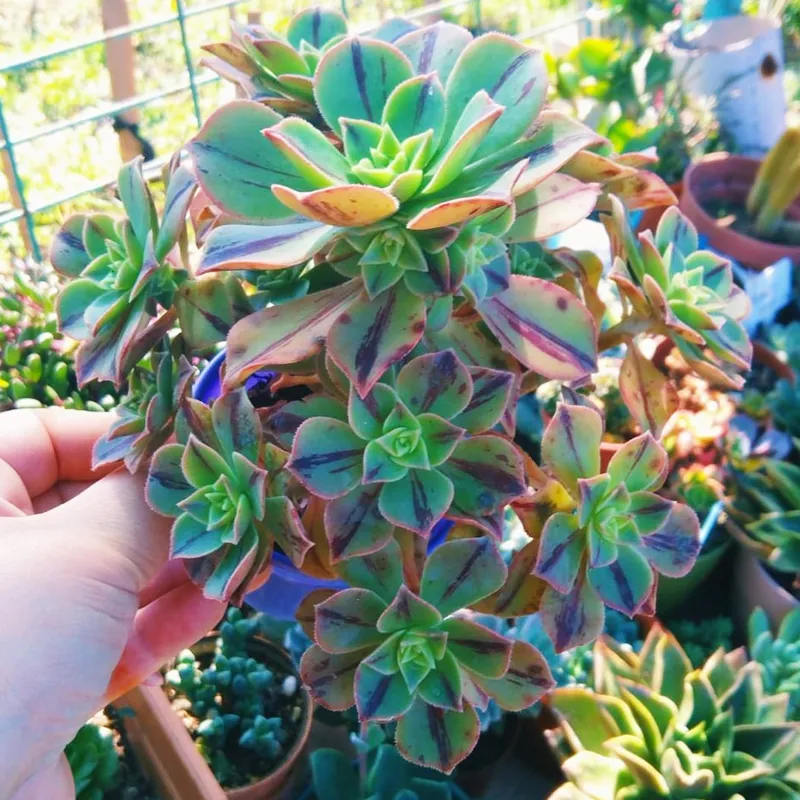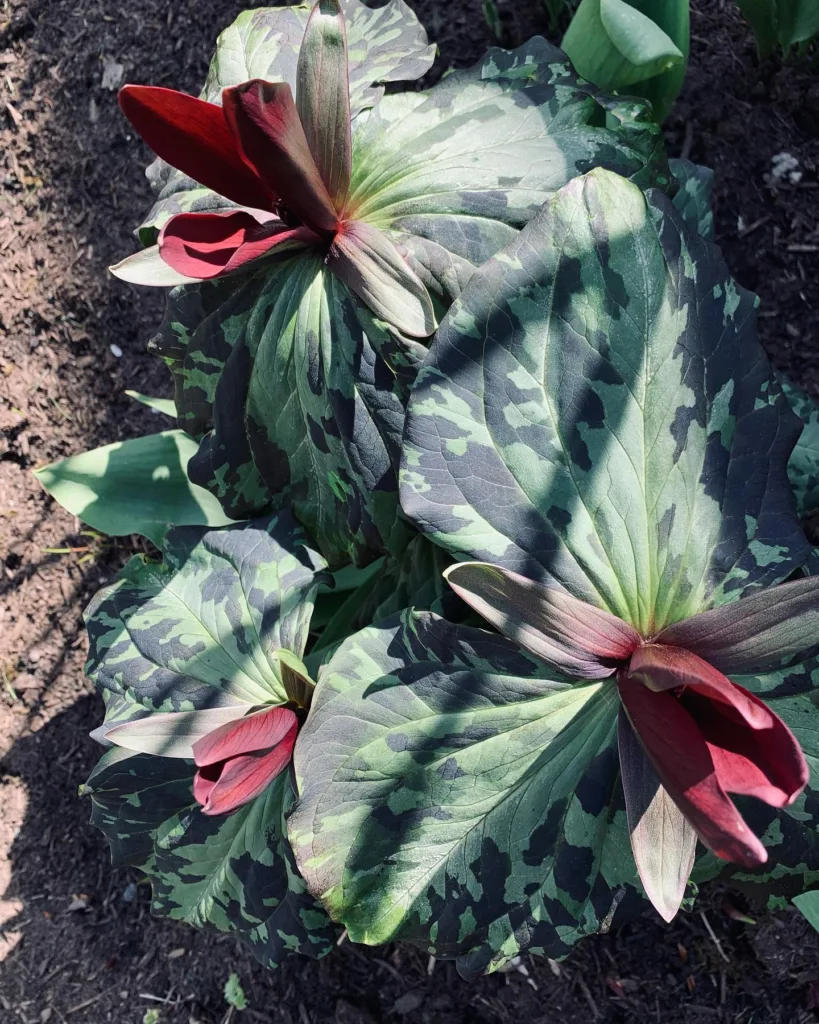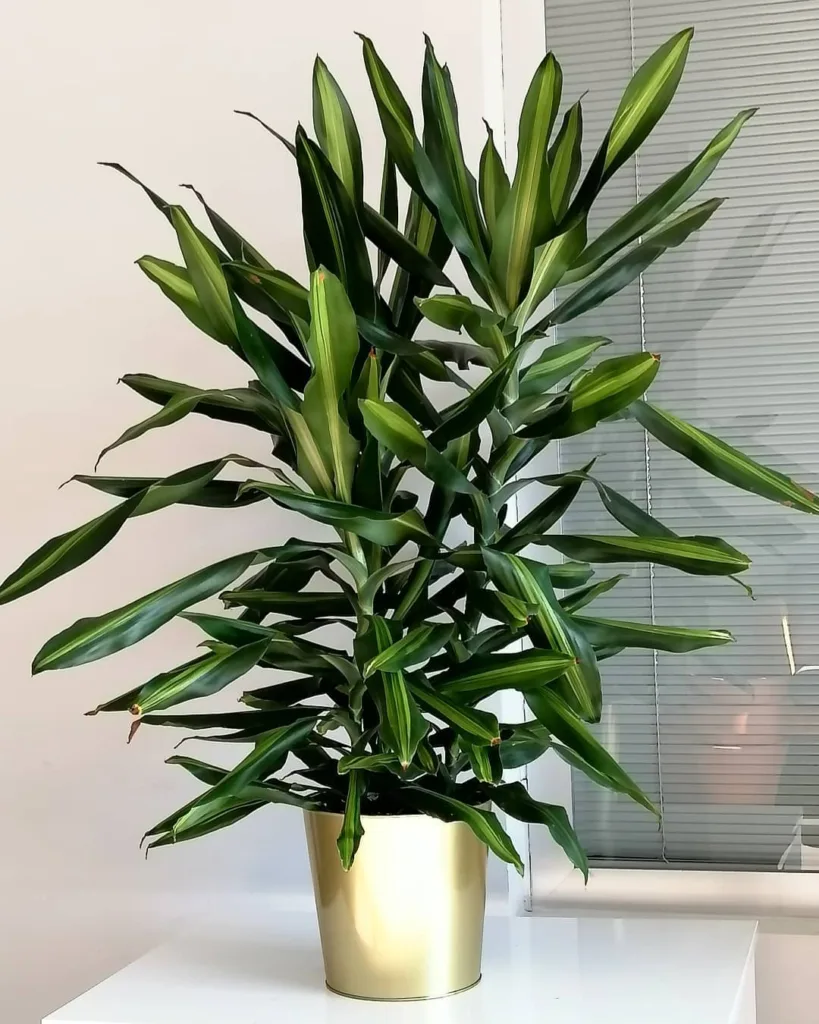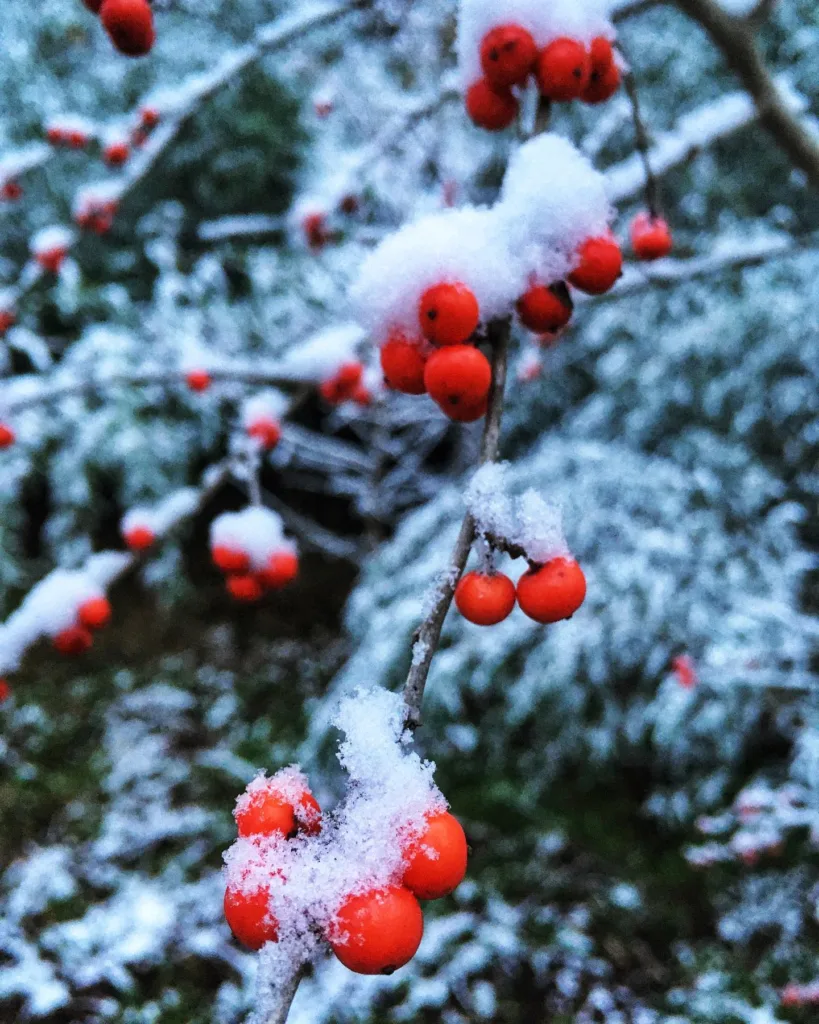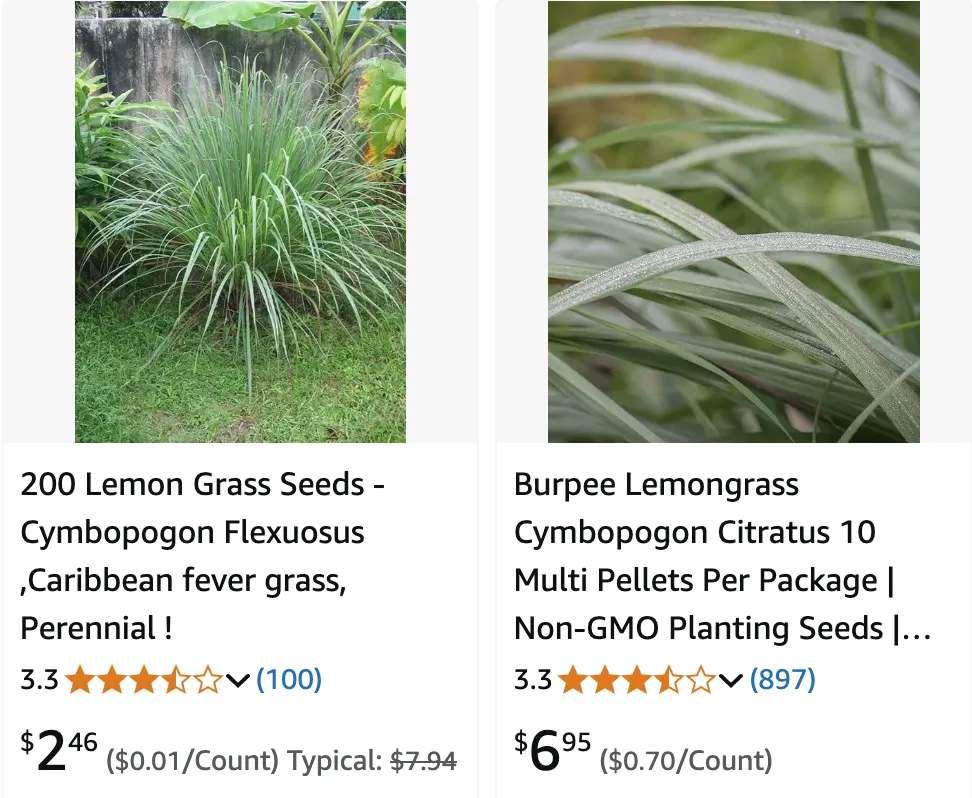
August 22 – Cymbopogon
"Cymbopogon, the lemongrass, represents August 22."
Cymbopogon symbolizes vitality and clarity. You bring energy and focus to those around you, helping them see things with fresh perspective. Like its invigorating aroma, your presence refreshes and inspires positivity.
Cymbopogon: Aromatic Grasses with a World of Uses
My name is Ferb Vu, and I’m fascinated by the genus Cymbopogon. These aromatic grasses, belonging to the Poaceae family, are native to tropical and subtropical regions of Asia, Africa, and Australia. You might know them better as lemongrass, citronella grass, or fever grass. They’ve been used for centuries, not just for their distinct fragrance, but also for their culinary and medicinal properties. Let’s dive into the world of Cymbopogon and explore some of its most interesting aspects.
FAQs
What is lemongrass?
Lemongrass is a fragrant, tall, and thin stalk used in many Asian dishes and teas; it adds a refreshing citrus flavor that’s hard to miss.
Is lemongrass safe for dogs?
I’ve found that lemongrass isn’t safe for dogs as it can cause digestive upset, so I keep it out of their reach.
How to grow lemongrass?
Growing lemongrass is straightforward for me; I just start it from a stalk in water and then transplant it when it roots well.
Does lemongrass repel mosquitoes?
In my experience, lemongrass does a decent job repelling mosquitoes, especially when planted in the garden.
Is lemongrass a perennial?
Lemongrass has been a reliable perennial in my garden, coming back year after year with minimal effort.
Where to buy lemongrass?
I usually find lemongrass at local farmers’s markets or specialty grocery stores, and sometimes I even grow my own.
How to use lemongrass?
I love using lemongrass in cooking; it’s great in soups and curries for adding a bright, lemony note.
Is lemongrass safe for cats?
Lemongrass is safe for cats, but I always make sure they don’t munch on it too much, as it’s best enjoyed in moderation.
How to cook with lemongrass?
Cooking with lemongrass involves bruising it to release its oils; it’s a key ingredient in many of my favorite Thai dishes.
How to harvest lemongrass?
Harvesting lemongrass is simple; I just trim the outer stalks, leaving the inner ones to keep growing.
How to make lemongrass tea?
Making lemongrass tea is easy—just steep a few stalks in hot water for a soothing, lemony brew.
What does lemongrass look like?
What does lemongrass taste like?
The taste of lemongrass is tangy and citrusy, with a hint of ginger, which adds a unique depth to dishes.
What is lemongrass tea good for?
I find lemongrass tea excellent for aiding digestion and providing a calming effect, perfect for relaxing after a meal.
What does lemongrass smell like?
The smell of lemongrass is wonderfully fresh and citrusy, reminding me of a tropical garden.
How to store lemongrass?
I store lemongrass in the fridge wrapped in a damp paper towel to keep it fresh and vibrant.
Does lemongrass repel bugs?
Lemongrass does help repel bugs, and I often plant it around my outdoor seating area to keep the pests at bay.
Can you freeze lemongrass?
Freezing lemongrass is a handy trick; I chop and freeze it in portions to use later in recipes.
How to make lemongrass paste?
Making lemongrass paste involves blending chopped lemongrass with garlic and ginger, creating a flavorful base for many dishes.
Do deer eat lemongrass?
From what I’ve seen, deer generally don’t eat lemongrass, so it’s a good choice for a deer-resistant garden.
Lemongrass vs Citronella
In my garden, I’ve found that lemongrass has a much subtler, more citrusy flavor compared to citronella, which has a stronger, more pungent aroma that’s great for repelling insects but not ideal for cooking.
Lemongrass vs Lemon Balm
I’ve used lemon balm in teas and dishes, and while it has a pleasant lemony taste, it lacks the bright, crisp flavor of lemongrass that really stands out in recipes.
Lemongrass vs Green Onion
For a fresh, zesty punch in stir-fries, lemongrass outshines green onion with its unique citrus flavor, though green onion offers a milder, oniony taste that I find useful for salads and soups.
Lemongrass vs Lemon
When adding a citrus kick to dishes, lemongrass provides a complex, herbal lemon flavor that lemon can’t quite replicate, though lemon’s tartness is indispensable for baking and drinks.
Lemongrass vs Lemon Verbena
Lemongrass and lemon verbena both bring bright citrus notes, but I find lemon verbena’s flavor to be more delicate and floral, whereas lemongrass has a more robust and earthy quality.
Lemongrass vs Chives
I love chives for their subtle onion flavor in salads, but lemongrass gives a more vibrant and aromatic zing to dishes that chives just can’t match, especially in Thai cooking.
Lemongrass vs Fever Grass
I’ve used fever grass and lemongrass interchangeably in recipes, but lemongrass has a more pronounced citrus flavor that really enhances dishes, while fever grass tends to be milder and a bit more grassy.
Lemongrass vs Green Tea
Lemongrass in tea has a wonderfully fresh, citrusy taste that’s different from green tea’s earthy undertones, which I enjoy more for its soothing and antioxidant properties.
Lemongrass vs Wheatgrass
Lemongrass gives a refreshing, lemony flavor to dishes, whereas wheatgrass is more of a health boost with its grassy taste, which I usually only tolerate in smoothies rather than culinary recipes.
The Many Faces of Cymbopogon
One of the first things that struck me about Cymbopogon is the sheer diversity within the genus. It encompasses a wide array of species, each with its own unique characteristics and uses. Here are:
- Cymbopogon ambiguus (Hack.) A.Camus
- Cymbopogon annamensis (A.Camus) A.Camus
- Cymbopogon bhutanicus Noltie
- Cymbopogon bombycinus (R.Br.) Domin
- Cymbopogon caesius (Hook. & Arn.) Stapf
- Cymbopogon calcicola C.E.Hubb.
- Cymbopogon calciphilus Bor
- Cymbopogon cambogiensis (Balansa) E.G.Camus & A.Camus
- Cymbopogon citratus (DC.) Stapf – Plant FAQs: Cymbopogon Citratus
- Cymbopogon clandestinus (Nees ex Steud.) Stapf
- Cymbopogon coloratus (Hook.f.) Stapf
- Cymbopogon commutatus (Steud.) Stapf
- Cymbopogon densiflorus (Steud.) Stapf
- Cymbopogon dependens B.K.Simon
- Cymbopogon dieterlenii Stapf ex Schweick.
- Cymbopogon distans (Nees ex Steud.) Will.Watson
- Cymbopogon exsertus (Hack.) A.Camus
- Cymbopogon flexuosus (Nees ex Steud.) Will.Watson
- Cymbopogon gidarba (Steud.) A.Camus
- Cymbopogon giganteus Chiov.
- Cymbopogon globosus Henrard
- Cymbopogon goeringii (Steud.) A.Camus
- Cymbopogon gratus Domin
- Cymbopogon iwarancusa (Jones ex Roxb.) Schult.
- Cymbopogon khasianus (Hack.) Stapf ex Bor
- Cymbopogon liangshanensis S.M.Phillips & S.L.Chen
- Cymbopogon mandalaiaensis Soenarko
- Cymbopogon marginatus (Steud.) Stapf ex Burtt Davy
- Cymbopogon martini (Roxb.) Will.Watson
- Cymbopogon mekongensis A.Camus
- Cymbopogon microstachys (Hook.f.) Soenarko
- Cymbopogon microthecus (Hook.f.) A.Camus
- Cymbopogon minor B.S.Sun & R.Zhang ex S.M.Phillips & S.L.Chen
- Cymbopogon minutiflorus S.Dransf.
- Cymbopogon nardus (L.) Rendle
- Cymbopogon nervatus (Hochst.) Chiov.
- Cymbopogon obtectus S.T.Blake
- Cymbopogon osmastonii R.Parker
- Cymbopogon pendulus (Nees ex Steud.) Will.Watson
- Cymbopogon polyneuros (Steud.) Stapf
- Cymbopogon pospischilii (K.Schum.) C.E.Hubb.
- Cymbopogon procerus (R.Br.) Domin
- Cymbopogon pruinosus (Nees ex Steud.) Chiov.
- Cymbopogon queenslandicus S.T.Blake
- Cymbopogon quinhonensis (A.Camus) S.M.Phillips & S.L.Chen
- Cymbopogon rectus (Steud.) A.Camus
- Cymbopogon refractus (R.Br.) A.Camus
- Cymbopogon schoenanthus (L.) Spreng.
- Cymbopogon tortilis (J.Presl) A.Camus
- Cymbopogon traninhensis (A.Camus) Soenarko
- Cymbopogon tungmaiensis L.Liu
- Cymbopogon winterianus Jowitt ex Bor
- Cymbopogon xichangensis R.Zhang & B.S.Sun
Culinary Uses: Beyond Lemongrass Tea
While many people are familiar with lemongrass tea, the culinary applications of Cymbopogon extend far beyond that. In Southeast Asian cuisine, lemongrass stalks are a staple ingredient, adding a zesty flavor to dishes like Tom Yum soup and Vietnamese pho. The leaves can be used to infuse marinades, stir-fries, and curries. In India, lemongrass is used to flavor rice dishes, lentil stews, and even desserts.
Beyond its use as a flavoring agent, Cymbopogon also has nutritional value. It’s a good source of vitamins A and C, as well as minerals like iron and calcium. Some studies suggest that Cymbopogon may have antioxidant and anti-inflammatory properties.
Medicinal Properties: From Ancient Remedies to Modern Research
Cymbopogon has a long history of use in traditional medicine. In many cultures, it’s been used to treat a variety of ailments, including fevers, headaches, digestive issues, and respiratory problems. Modern research is starting to validate some of these traditional uses.
Studies have shown that Cymbopogon extracts may have antibacterial, antifungal, and antiviral properties. Some research suggests that Cymbopogon may also have anti-cancer and anti-diabetic effects. While more research is needed to fully understand the medicinal potential of Cymbopogon, the preliminary findings are promising.
Essential Oils: A Concentrated Dose of Cymbopogon Goodness
The essential oils extracted from various Cymbopogon species are highly valued for their therapeutic properties. Lemongrass essential oil is known for its uplifting and energizing aroma, while citronella oil is a powerful insect repellent. Palmarosa oil is prized for its calming and soothing effects.
These essential oils can be used in aromatherapy, massage therapy, and natural perfumery. They can also be added to lotions, soaps, and other personal care products.
Cultivation and Sustainability
Cymbopogon grasses are relatively easy to cultivate. They thrive in warm climates with plenty of sunshine and well-drained soil. Many species can be grown in pots, making them suitable for even small gardens or balconies.
From a sustainability perspective, Cymbopogon is an attractive crop. It requires minimal inputs, such as fertilizers and pesticides. It can also help to prevent soil erosion and improve soil fertility. As demand for Cymbopogon products continues to grow, it’s important to ensure that cultivation practices are sustainable and environmentally friendly.
In Conclusion
Cymbopogon is a fascinating genus of plants with a rich history and a wide range of uses. From its culinary applications to its medicinal properties and essential oils, Cymbopogon offers something for everyone. As we continue to explore the potential of these versatile grasses, we can appreciate their contribution to our well-being and the health of the planet.
If i die, water my plants!
